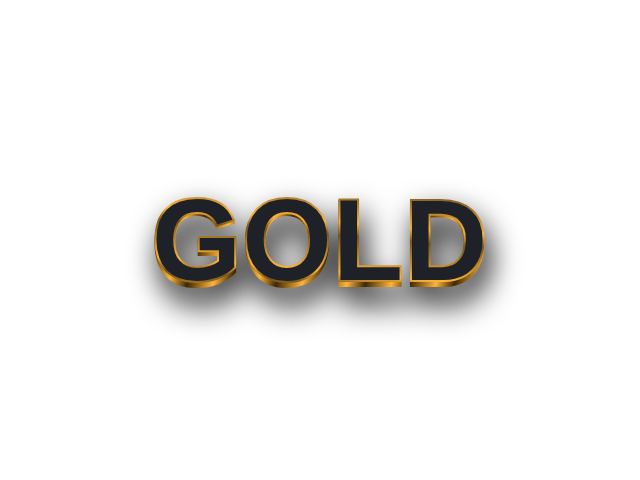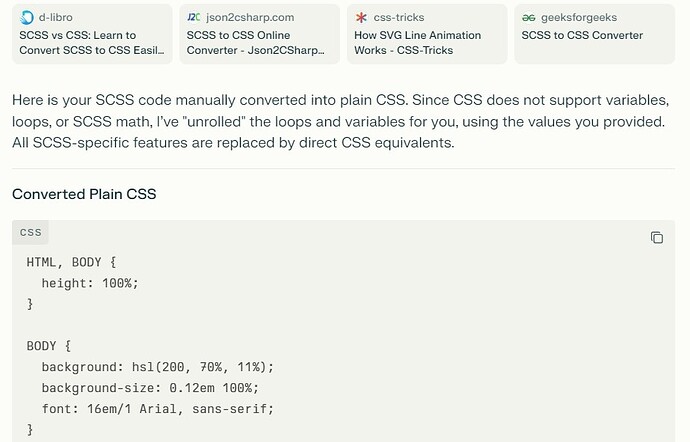#suggestions
Hi!
I have an idea for a tool or system that could improve text editing in Shotcut (or any video editor that supports HTML overlays like WebVFX). I hope a developer might be interested in creating something like this.
![]() Problem with current overlays:
Problem with current overlays:
The current HTML Overlay (WebVFX) system requires editing external .html files manually.
It works, but it’s not direct or user-friendly.
It’s too generic (full webpage), and not optimized for simple text overlays.
Changing the text means opening a file, editing, saving, and refreshing inside Shotcut.
![]() Suggested Solution:
Suggested Solution:
Create a new kind of overlay — let’s call it:
![]() Dynamic CSS Text Overlay
Dynamic CSS Text Overlay
A simple overlay only for styled text, designed to be:
![]() Editable directly in the UI (without opening files)
Editable directly in the UI (without opening files)
![]() Styled via CSS (for 3D, shadow, glow, etc.)
Styled via CSS (for 3D, shadow, glow, etc.)
![]() No background, no HTML layout, just text
No background, no HTML layout, just text
![]() Key Features:
Key Features:
- Editable Text
The user can write or change the text live inside Shotcut
No need to open external files
- Attach CSS Style
The user can select or paste a CSS-style block
Only for styling text: shadows, stroke, 3D, etc.
No scene, no video layer, no HTML layout — just text
- Future CSS Library Support
In the future, users could choose from a list of predefined CSS styles (like templates or presets)
Example: import styles from CodePen, customize slightly, reuse easily
- Timeline Control
After applying the overlay, the user can move it in the timeline
Can reposition it on screen, scale it
Font size can be:
standard (fixed)
or scalable (auto-adjusted with the text container)
![]() Why this matters
Why this matters
CSS is a universal, lightweight styling system used worldwide for text effects
There are thousands of ready-made styles available for free
This would avoid the need to open Glaxnimate, SVG tools, or Inkscape
Editors like Kdenlive still lack modern text systems — this could become a strong feature for Shotcut
Let me know if this is possible or interesting to develop — or if you have a better path to achieve dynamic, styled, editable text overlays.
Thank you!


